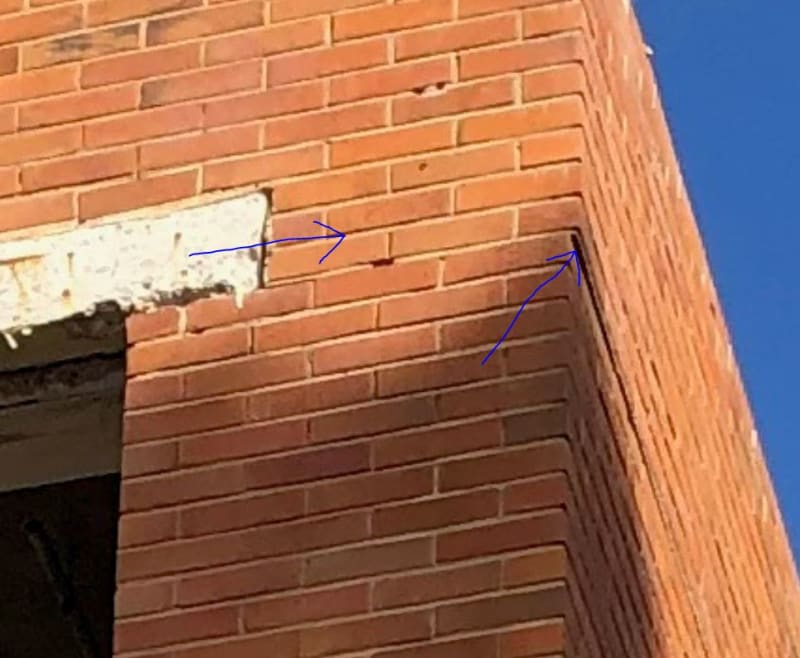Dear Fellow engineers,
I am not an expert in forensic engineering. Can someone help me with the following?
There is an existing building where the contractor is doing some renovations to replace windows in kind. NO structural changes to the building.
They noticed caracks in the building. They said it's only occurring in one corner and they don't see any other cracks in the floors below. They are saying its not foundation settlement.
My understanding from online research is that these are
1. Horizontal crack in brick is because of thermal expansion as I don't see any expansion joint.
2. Step cracking at the corner. I think it is also because of not having any control joints.
The building has CMU block wall backup. Did anyone face this same issue if so can you suggest any solution?
I am not an expert in forensic engineering. Can someone help me with the following?
There is an existing building where the contractor is doing some renovations to replace windows in kind. NO structural changes to the building.
They noticed caracks in the building. They said it's only occurring in one corner and they don't see any other cracks in the floors below. They are saying its not foundation settlement.
My understanding from online research is that these are
1. Horizontal crack in brick is because of thermal expansion as I don't see any expansion joint.
2. Step cracking at the corner. I think it is also because of not having any control joints.
The building has CMU block wall backup. Did anyone face this same issue if so can you suggest any solution?

